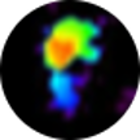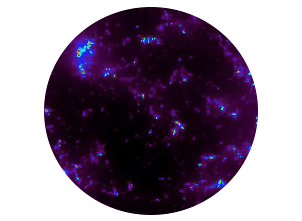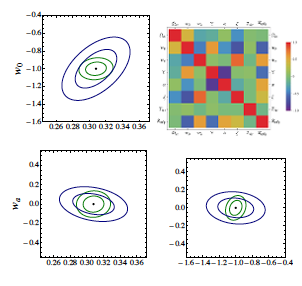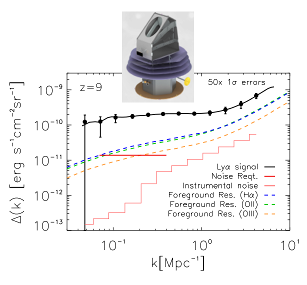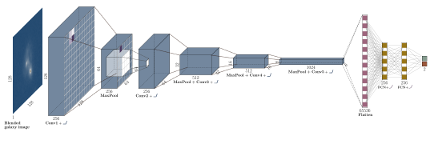About Me and My Research
Since fall 2022 I lead the new research group for Cosmology and Machine Learning at the Institute of Theoretical Physics (ITP), Heidelberg University. My group's research is mainly funded by the Freigeist Fellowship 'Changing the way we look at the sky - Computer Vision Astrophysics' (by the Volkswagen Foundation with ca. 1.1 million Euro).
Interested in a thesis?
We offer a range of thesis topics, from development of ML and network-based methods for cosmology and astrophysics, over large-scale structure simulations for intensity mapping, to analysis of large astronomical survey data. You are interested in these topics, or have questions? Feel free to contact me!
How did our Universe look like more than 12 billion years ago when the very first galaxies formed? How to map out the Universe and its structure from current time up to the early epoch of reionization and beyond? To tackle these early cosmic epochs, my group's research connects modern machine learning methods and artificial intelligence with large-scale intensity mapping measurements at multiple wavelengths. We use simulations tailored for intensity mapping, model analysis, forecasting, parameter estimation and advanced deep learning techniques to learn how the Universe. Primary goal is an integrated understanding of astrophysical processes and cosmology at play during these early epochs of our Universe, thus ‘computer vision astrophysics’ as a novel way to look at the (astronomical) sky.
Until recently, I had worked at the Hamburg Observatory to continue advancing the intensity mapping technique, supplemented by the application of advanced machine learning to a variety of astrophysical problems within the Platform for Challenges in Data Science of the Cluster of Excellence Quantum Universe. Before I worked as a researcher at the Scuola Superiore Normale in Pisa, Italy, on synergies of hydrogen 21cm intensity mapping with the Square Kilometre Array (SKA) and galaxy surveys as well as other line mappings to probe the late stages of reionization. Earlier, as a research fellow at the University of Heidelberg, I had kicked off my research on intensity mapping in general scenarios of gravity beyond LCDM. During my Ph.D. at Copenhagen University and as a visiting scientist at the University of California, Irvine, I laid the foundation for my multi-line modelling expertise with simulations of 21cm, Lyman-alpha and H-alpha cosmological volumes and their cross-sginals, as well as sensitivity forecasts for missions like SPHEREx and the Cosmic Dawn Intensity Mapper (CDIM).
Besides my work on multi-line intensity mapping, I also worked to design a convolutional neural network that revolutionizes galaxy deblending as part of the COIN collaboration, developed new Bayesian statistical techniques for bias detection, and demonstrated the detectability of dark energy fluctuations with galaxy clusters. As a research employee at the German Aerospace Center (DLR) in Cologne, Germany, working for the program strategy space, I developed mission concepts and strategies for the space research and technology program. I currently lead the development of a classification machine learning layer for ESO's 4MOST spectroscopic telescope and am engaged in constraining cosmology with the clustering signal of radio galaxies as measured by LOFAR.
